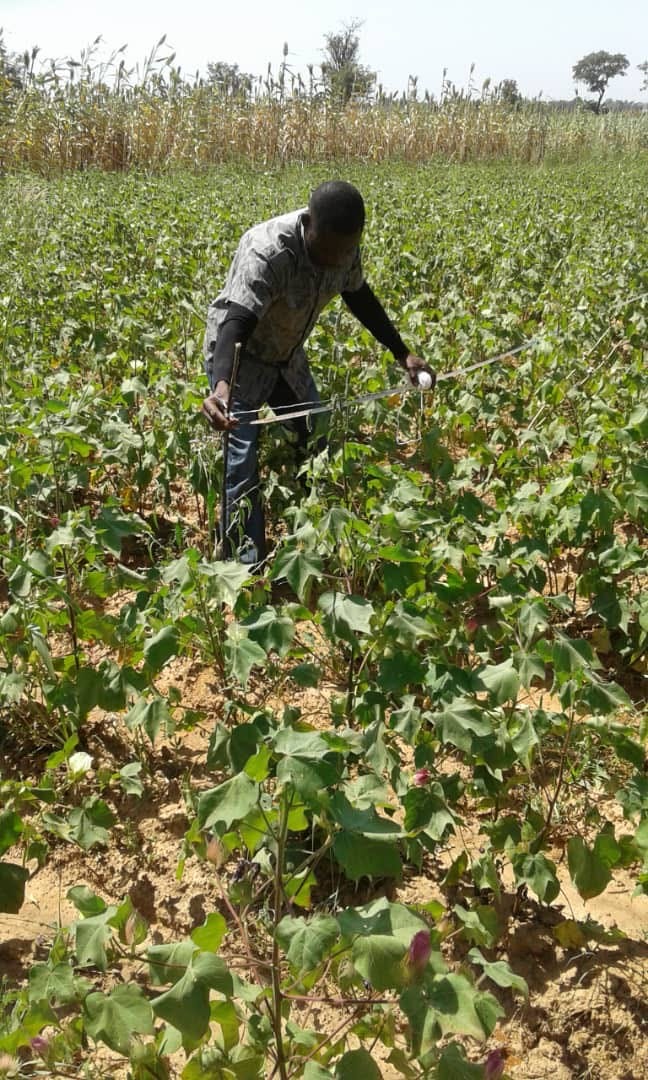Around two-thirds of the rural population in Sub-Saharan Africa are believed to be smallholder farmers (SHFs), the majority of whom rely on rain-fed agriculture. This leaves them vulnerable to the impact of climate change. Similarly, many of these households do not have access to energy. Due to low electricity access, farmers often use power sources off the main electricity grid (or off-grid), for example, kerosene, charcoal and — in some instances — solar, to run essential activities, such as lighting.
To understand farmers’ behaviour relating to energy, Pula surveyed 2,343 SHFs in late 2021 — with the support of the UK charity, Shell Foundation in Kenya and Nigeria. The survey’s aim was to understand how changes in agricultural income would impact their use of energy. Across the farmers sampled, the average age was 41 years, the main crop farmed was either maize or rice, and 20% were female.
As part of the survey, we measured farmers’ seasonal yields, using a crop cutting methodology that was developed by the FAO and is accepted globally. Farm yields are a good indicator of farmer income. Farmers with higher yields will be more likely to spend on energy, and potentially on clean energy as their yields and incomes grow.

Crop cutting exercises in Sokoto state, Nigeria. Source: Pula.
Most of the rice farmers we interviewed in Nigeria had had a poor harvest last year — our insurance scheme compensated many of these farmers for lower-than-average yields. Despite this, we saw variation in on-farm performance (figures 1 and 2) and some farmers also did well. In Kenya, farmers had a much better year and their maize crop performed well.

Figure 1: Farm performance in Kenya. Source: Pula.

Figure 2: Farm performance in Nigeria. Source: Pula.
When we measured yields, there was no clear correlation between farmer yields and interest in solar lighting in either country. In Nigeria, farmers with lower yields were more likely to use kerosene lamps. In Kenya, the use of kerosene lamps did not necessarily correlate with lower income groups; farmers with higher yields showed a preference for kerosene lamps. Farmers in both countries with poor farm outcomes had a lower likelihood of being connected to the electricity grid. However, in both countries, farmers expressed a significant interest in using solar-powered farm equipment when asked how they would use additional income.
This implies that solar products are critical to farmers, more so as a tool of trade than as a pure lighting source. Our field research showed that about 98% of farmers would purchase a solar product if they had additional income: 60% said they would purchase a solar agricultural machine, 41% a solar irrigation product, 33% a solar lamp, 25% a solar torch light, 19% a solar charger and 18% a solar radio. Most farmers seemed content to stick to lighting sources they were already accustomed to, preferring to spend additional disposable income on improving their farming practice and — by extension — their yields.
However, farmers often struggle to afford solar products if they are required to pay a lump sum upfront. Even when purchasing goods using the pay-as-you-go (PayGo) model, a bad harvest may affect farmers’ incomes — leaving them unable to make monthly payments. As a result, PayGo companies usually face irregular cash flows due to late repayments and defaults.
Agricultural insurance can play an important role in overcoming this challenge, helping to protect farmers’ incomes and livelihoods. Insurance cover can compensate farmers through pay-outs, when they face a catastrophic loss that leads to yield losses. Farmers can subsequently use claim payouts to pay their PayGo instalments — either fully or partially — depending on the value of the payout received.
In 2020, Pula carried out a pilot in Zambia with around 8,800 farmers using PayGo products with support of IFAD and in partnership with a local solar company. Since then, the product has been launched in Malawi too. Based on this experience, Pula recommends bundling PayGo energy products with agricultural insurance. This approach will not only benefit smallholder farmers, but also PayGo companies. By supporting the use of agricultural insurance, the latter can reduce the risk of late repayments and high default rates that many such companies currently face.
Click here to find out more about our previous work on PayGo solar with the Shell Foundation. To find out more about our work, visit our website.


